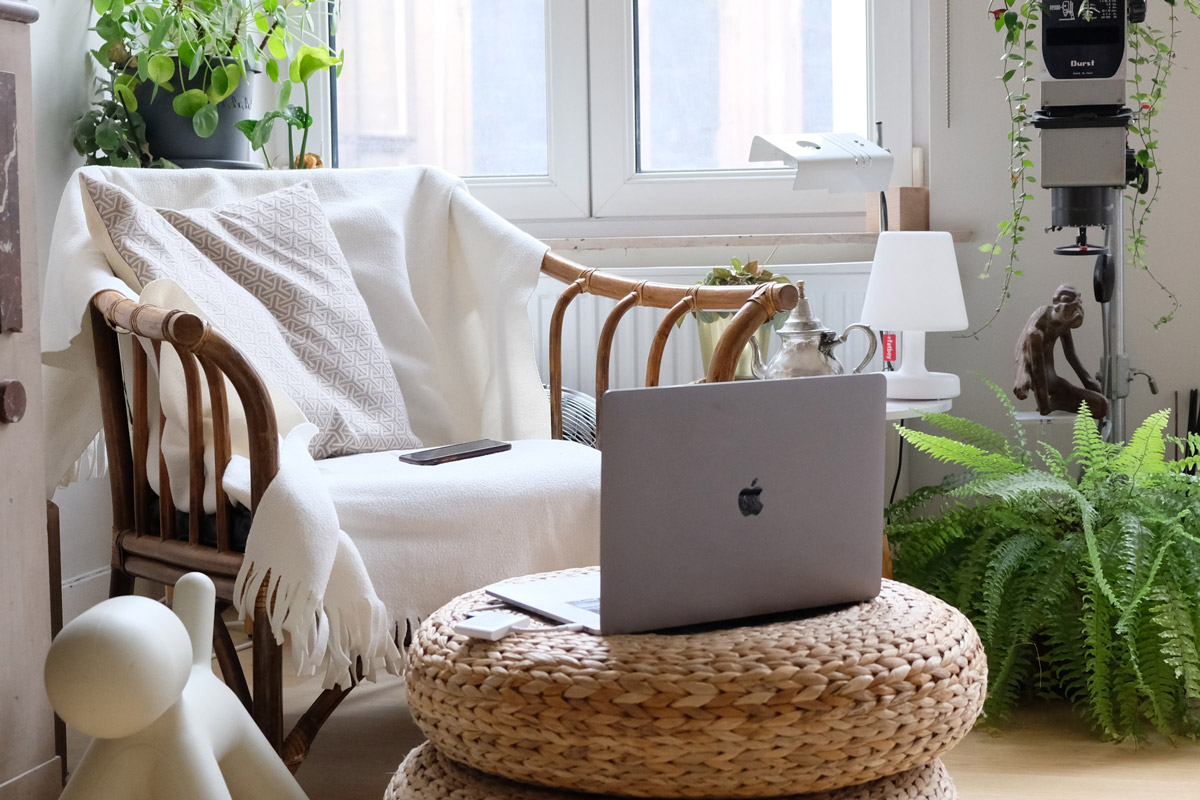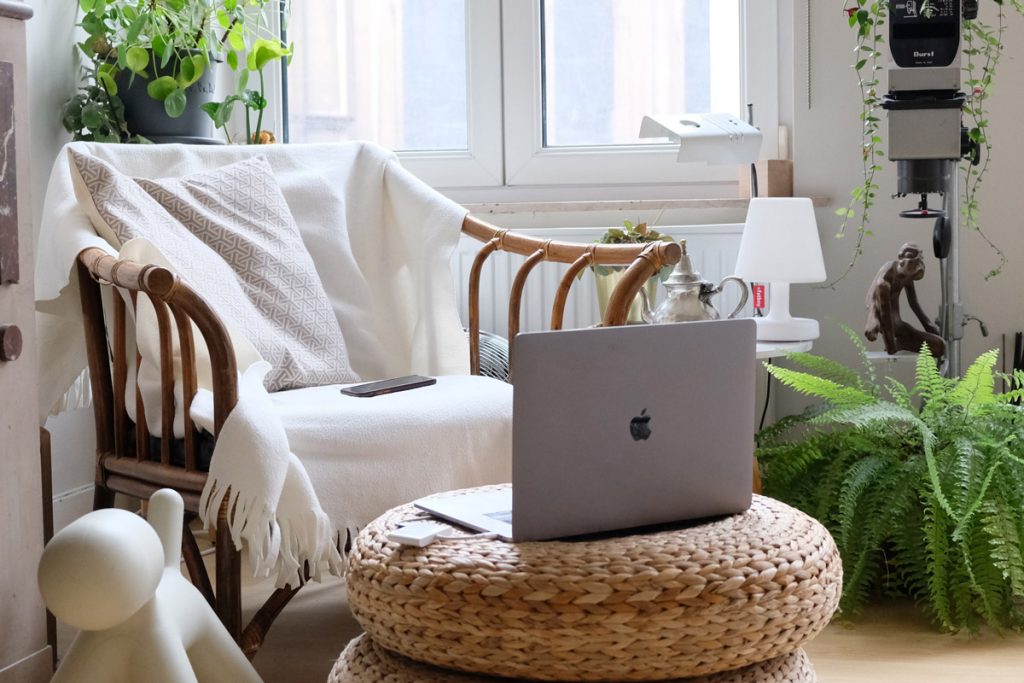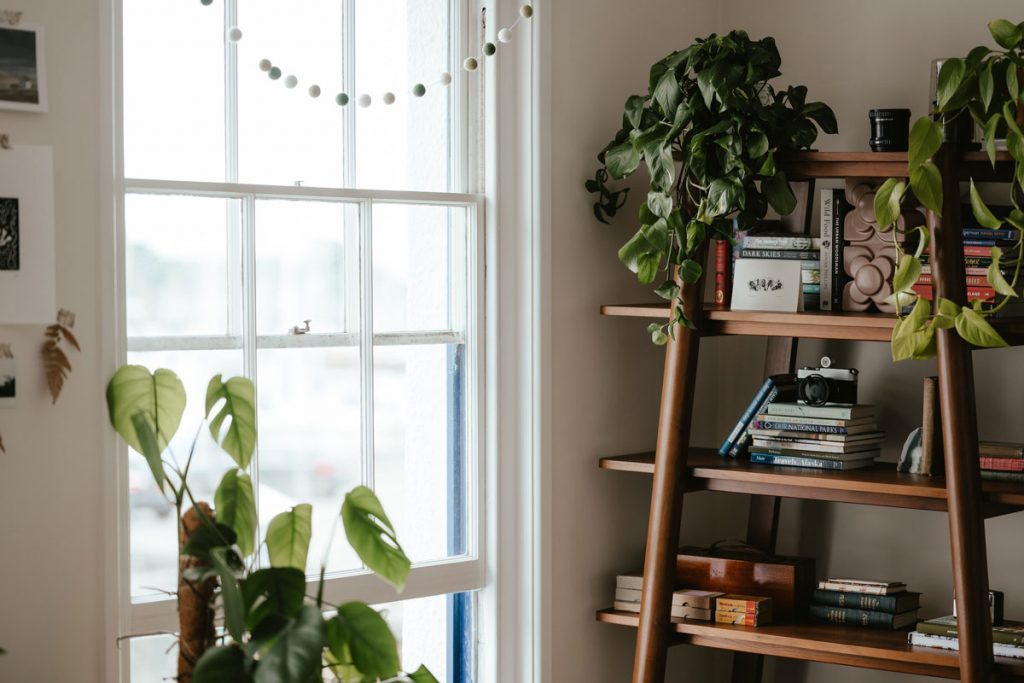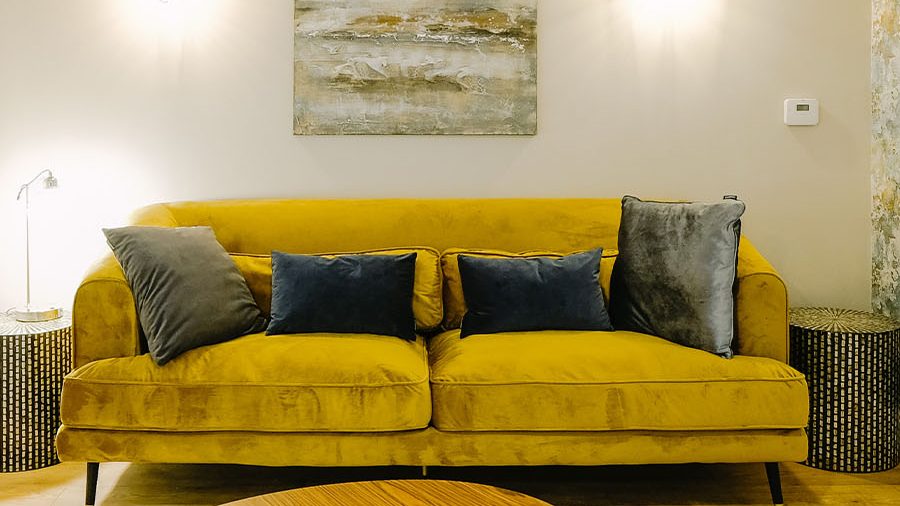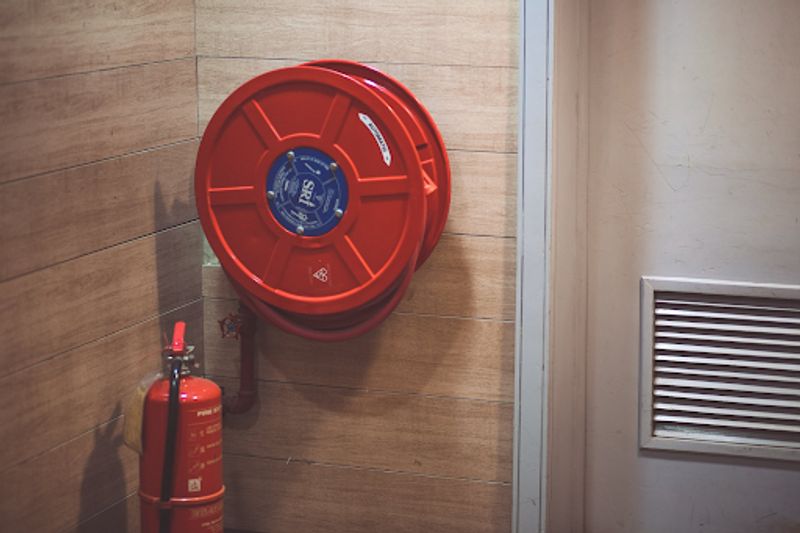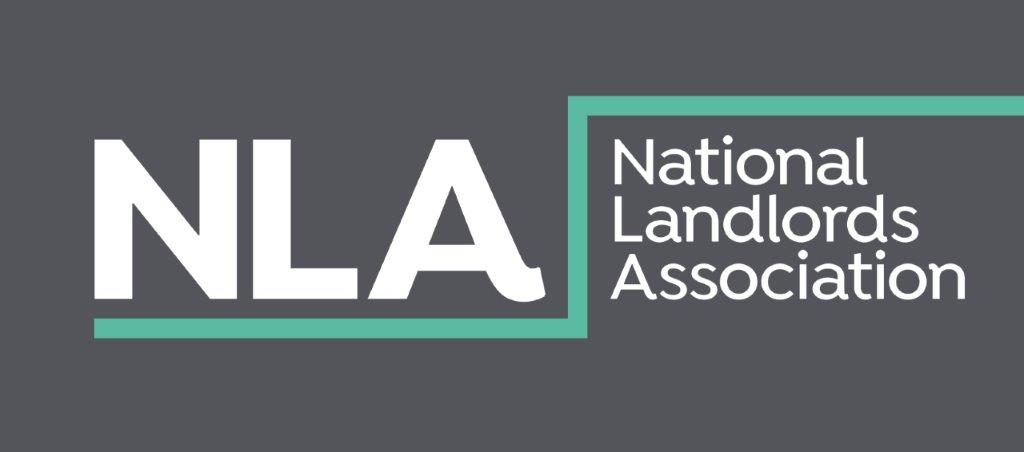
When renting a property the last thing tenants think of is taking out tenants insurance.
For many tenants, when they think about issues that may arise at their rental property they assume that resolving and/or fixing these issues is solely the landlord’s responsibility. However, this is a myth.
It is a landlord’s responsibility to insure their property and take care of the bricks and mortar, but they aren’t responsible for insuring your belongings. Therefore, it is a tenant’s duty, if they wish, to ensure their possessions are protected against loss, damage, or theft.
Below we explain what tenants insurance is and the benefits of taking out this type of coverage.
Do you need insurance?
It isn’t often a requirement but you may find that your tenancy agreement states that having this type of cover is mandatory. Make sure you read through your agreement thoroughly and comply with your landlord or lettings agency. Failure to do so could result in you being in breach of your tenancy agreement.
Having insurance can also give you peace of mind. Losing your possessions to fire, flooding, or burglary can be devastating. By taking out contents insurance you can rest assured that if you were to lose anything it can be replaced and it isn’t you that has to take the full financial blow.
The cost of having to replace even a few items can quickly add up. By paying a small monthly fee for insurance, you could end up saving yourself a lot of money should the unforeseen happen.
So, what’s covered in tenants insurance?
Tenants insurance will cover the majority of your belongings in the event of flooding, fire, theft, or accidental damage. However, many policies also cover the following:
- Furnishings and appliances that belong to the tenant
- The loss or theft of keys to the property and the cost of having an alarm system fitted and locks changed
- Any cash of credit cards stolen from the property
- A set amount to cover spoilt frozen food as a result of an incident such as a powercut
- Accidental damages to electrical items, such as TVs, tablets, and phones
- Alternative accommodation if an incident such as a flood or fire causes the tenant to move out for a period of time
It could also be worth getting accidental damage insurance if you are renting, which can also be called tenants liability cover or tenants’ contents policies. This covers accidental damages to your landlord’s property/its funishings, for example spilling wine on the carpet.
Liability cover can also pay out for some of the most common reasons a landlord may deduct money from your deposit. Your landlord will expect the property and what is within the property to remain in good condition, however, accidents happen and this is when having liability insurance can come in handy.
It is worth noting that liability insurance will not cover damages that are caused by wear and tear or anything that has been damaged on purpose by you, your housemates, or guests.
Can I get insurance as a student?
If you’re heading off to university, you may want to protect your belongings, which you can do through students’ contents insurance. There are many policies out there but before you decide on one there are a few things you should check. For example, you may be covered by your parent’s home insurance, or if you are living in student halls, contents insurance may be included in your accommodation costs.
In summary
It is important to remember that even though you are renting from a landlord or lettings agency, it is not their responsibility to insure your belongings. Protecting them against unforeseen events such as flooding, fire, or theft is up to you. And if you are already considering taking out tenants’ insurance, it may be worth adding on liability insurance to cover the cost of any accidental damages that may occur throughout your tenancy. Top tip; remember to report or note down any damages that occur, whether caused by you or someone else, as soon as possible.







